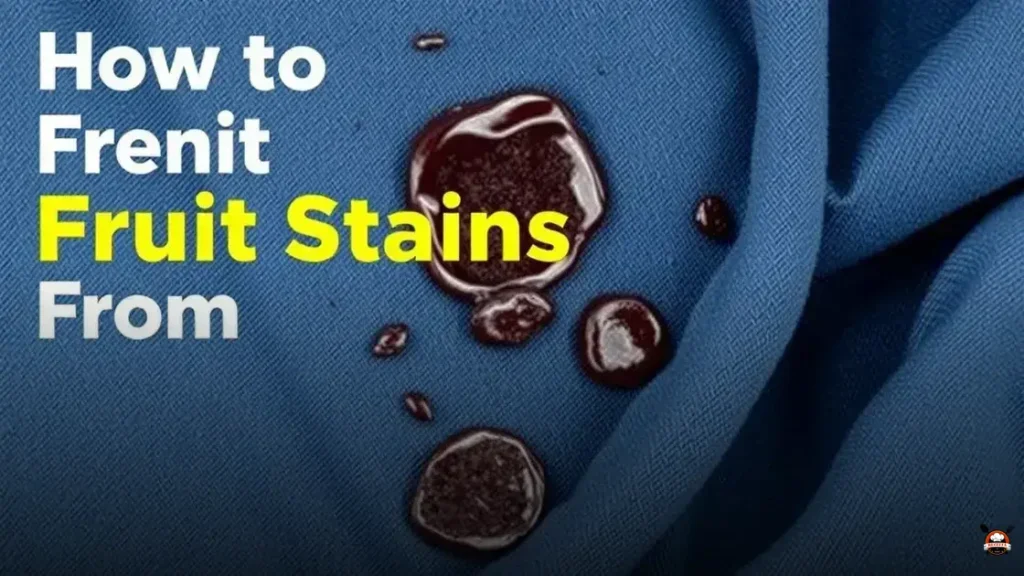Índice do Conteúdo
Understanding Fruit Stains
Fruit stains can be particularly stubborn due to the natural sugars and pigments found in various fruits. When these substances come into contact with fabric, they can penetrate the fibers, making them difficult to remove. Common fruits that cause stains include berries, cherries, and tomatoes. Understanding the composition of these stains is crucial for effective removal.
Immediate Action is Key
When dealing with fruit stains, time is of the essence. The sooner you act, the better your chances of completely removing the stain. As soon as you notice a stain, gently blot the area with a clean cloth to absorb any excess juice. Avoid rubbing, as this can spread the stain further into the fabric.
Cold Water Rinse
After blotting, rinse the stained area under cold running water. This helps to flush out some of the fruit juice before it sets. Make sure to run the water from the back of the fabric to the front, which helps push the stain out rather than deeper into the fibers.
Using Dish Soap
One effective method for removing fruit stains is to use a mixture of dish soap and cold water. Combine one tablespoon of dish soap with two cups of cold water. Apply this solution to the stained area using a clean cloth or sponge, gently dabbing the stain until it begins to lift. Rinse thoroughly with cold water afterward.
White Vinegar Solution
White vinegar is another powerful agent for tackling fruit stains. Mix one part white vinegar with two parts water and apply it to the stain. Allow it to sit for about 10 minutes before blotting with a clean cloth. The acidity of the vinegar helps break down the pigments in the fruit stain.
Baking Soda Paste
For tougher stains, a baking soda paste can be effective. Combine baking soda with a small amount of water to create a thick paste. Apply this paste to the stain and let it sit for 30 minutes. Afterward, scrub gently with a soft brush or cloth, then rinse with cold water.
Commercial Stain Removers
If home remedies fail, consider using a commercial stain remover specifically designed for fruit stains. Follow the manufacturer’s instructions carefully. Typically, you will apply the product directly to the stain, let it sit for a designated period, and then wash the garment as usual.
Washing the Garment
Once you have treated the stain, wash the garment as per the care label instructions. Use the hottest water safe for the fabric, as heat can help remove any remaining traces of the stain. Always check the stained area before drying; if the stain persists, repeat the treatment process.
Drying Considerations
Avoid putting the stained garment in the dryer until you are sure the stain is completely gone. The heat from the dryer can set the stain, making it nearly impossible to remove. Instead, air dry the garment and check for any remaining discoloration.
Preventing Future Stains
To prevent future fruit stains, consider wearing an apron while eating or preparing food. Additionally, be cautious when handling fruits that are known to stain. If a spill occurs, act quickly to minimize the risk of staining your clothes.




